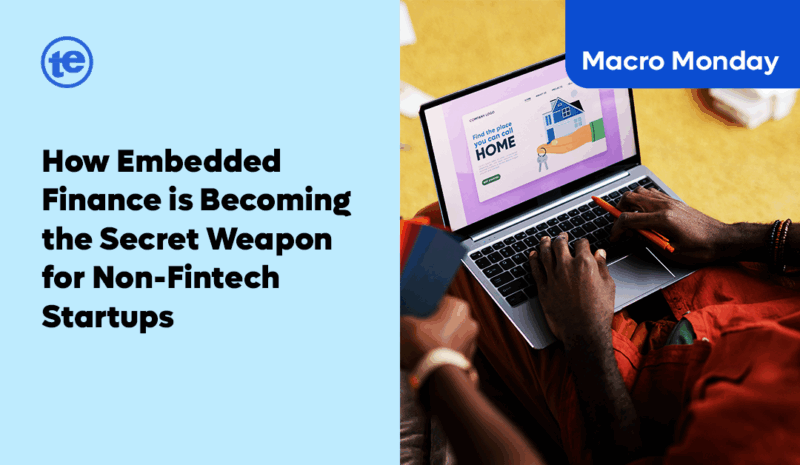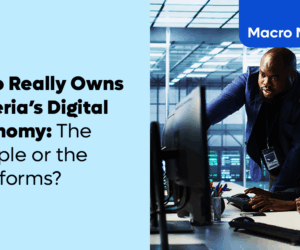When you order a ride, book a hotel, or buy food online, you’re not just paying for a service, you’re stepping into a financial system designed to work in the background.
You don’t open a bank app, you don’t think about the transfer, you just pay, and move on. This simplicity is no accident but a part of a global transition where financial services are no longer exclusive to banks but are now built into everyday platforms.
By 2030, embedded finance is projected to generate more than $7 trillion globally, a value greater than the entire traditional banking sector today. That scale shows it is not a passing trend, but a structural transformation in how money moves.
What Exactly is Embedded Finance?
At its core, embedded finance means integrating financial services such as payments, lending, insurance, or even investment, into non-financial products. Think of it as financial “plug-ins” that sit inside platforms we already use.
It explains why you can:
- pay seamlessly on Uber without opening a separate app,
- access a small loan at checkout on Jumia,
- or insure your device as part of an online purchase.
Unlike traditional finance, where transactions are separate, embedded finance blends money and service into one smooth experience.
Why Now?
Several forces are making this model more urgent:
- The cashless policy: In Nigeria, government policy and banking reforms are pushing more people into digital payments.
- The rise of APIs: Platforms like Flutterwave, Paystack, and Mono have made it simple for non-fintech businesses to plug in financial features.
- Changing customer behaviour: Today’s consumers expect transactions to be quick, seamless, and invisible.
In short, finance is no longer a back-end activity. It has become the glue holding digital ecosystems together.
Global and Local Case Studies
Across the world, companies that didn’t start as financial institutions are quietly becoming one:
- Uber made cashless rides a global standard by embedding payments.
- Shopify lends directly to its merchants through Shopify Capital, turning e-commerce into finance.
- Amazon used one-click payments and Buy-Now-Pay-Later to strengthen customer loyalty.
In Africa, the trend is even more visible:
- OPay evolved from a wallet into a financial lifeline for millions of small businesses.
- JumiaPay provides credit and seamless payments right inside the marketplace.
- MTN MoMo started with airtime top-ups and now powers transfers, savings, and merchant payments across multiple countries.
None of these began as banks, but today they are central to financial lives.
Opportunities and Risks
For startups, embedded finance is not simply a feature, but a growth strategy. It provides new revenue streams, strengthens customer loyalty, and helps reach people who remain underserved by banks.
But the transition comes with challenges:
- Heavy reliance on technology and connectivity,
- Regulatory grey zones where the rules are still being written,
- Growing cybersecurity risks as more apps handle financial data,
- The constant need to earn and maintain user trust.
Handled well, these risks are manageable. Ignored, they can sabotage both startups and customers.
The future points towards financial services that disappear into the background. Traditional banks may become infrastructure providers, while everyday platforms handle customer interactions.
E-commerce sites could compete both on price and on who offers the best credit at checkout. Insurance might be offered instantly during purchases. Gig workers may no longer wait days for their earnings.
Finance, in other words, will be everywhere, but rarely noticed.
The ability to pay a bike rider with a tap, borrow working capital directly from a digital marketplace, or access health insurance bundled into a subscription service are all made possible through embedded finance.
At a time when inflation is squeezing incomes and traditional banking feels distant for many, these services provide both opportunity and relief. But they also require safeguards, because when money becomes invisible, people need to know it is still secure.
Embedded finance is not about replacing banks, but about reimagining how financial access fits into daily life. For startups, it has become the secret weapon for growth and customer retention. For consumers, it promises convenience and inclusion, though it carries its own risks.
The question is not whether embedded finance will grow, that is already happening, but how it will bolster the future of money for both businesses and individuals.










